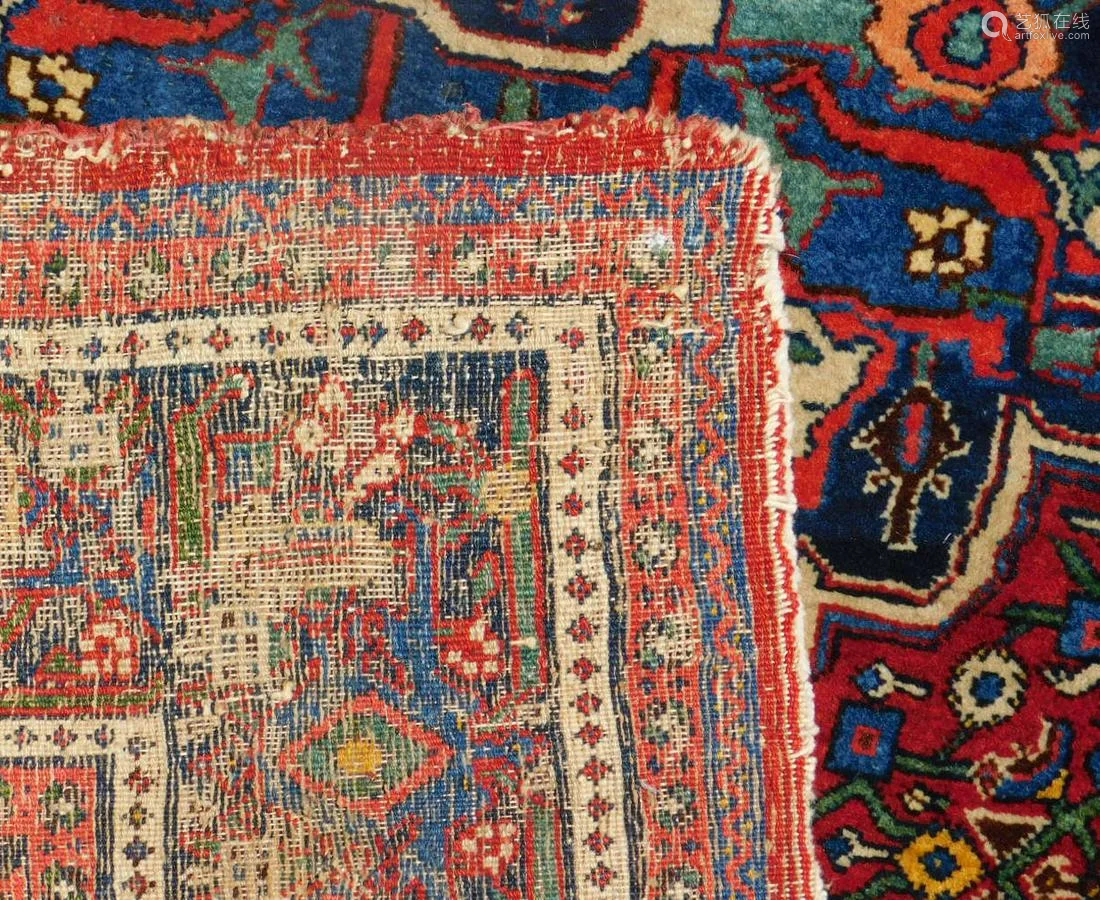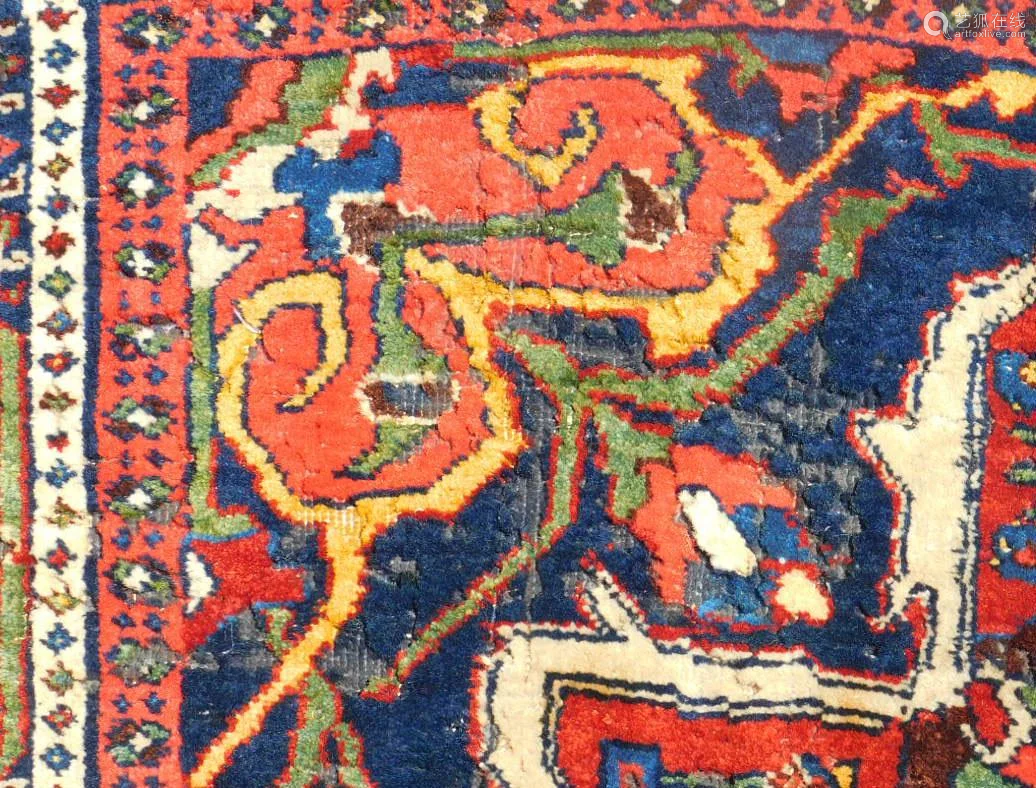Carpet Hand Painting: An Ancient Art Reimagined
Carpet hand painting, an art form that dates back to the 15th century, has been reimagined by contemporary artists. This unique art form involves painting individual threads by hand, which are then woven into a carpet. The process is both labor-intensive and skilled, requiring months or even years to complete.Carpet hand painting is not only a visual art but also a form of cultural expression. Each color, symbol, and pattern in a carpet can have a deep cultural and personal meaning for the artist. This is especially true for tribal and traditional designs, which often tell stories or convey religious beliefs.In recent years, modern artists have reimagined this ancient art by incorporating new themes and techniques. By using digital printing methods, they are able to create more intricate and innovative designs than ever before. This fusion of old and new has resulted in some truly remarkable works of art that are both beautiful and thought-provoking.
Throughout history, art has constantly transformed and adapted to the passage of time, reflecting the cultural, social, and aesthetic shifts that have occurred throughout human civilization. One such form of art that has experienced a significant evolution is carpet painting. Originating in Persia, this art form has been handed down through generations, with each succeeding generation adding its own unique touch to the craft. Today, we explore the world of carpet hand painting, examining its history, the process involved, and the impact it has had on our lives and culture.
The History of Carpet Painting
Carpet painting, also known as carpet hand painting, has roots that can be traced back to ancient Persia, where it was used to tell stories and record events. Over time, this art form spread to other parts of the world, including Europe and Asia, where it became highly prized for its intricate designs and vibrant colors. During the 19th and 20th centuries, the industrial revolution brought about a shift in carpet production, with machines taking over the role of hand-knotting and painting. However, even today, traditional carpet painting remains an art form that is both practiced and appreciated.
The Process of Carpet Painting

Carpet painting involves a complex process that begins with the selection of the material. Traditionally, wool was used because of its durability and availability, but today, synthetic fibers such as nylon and polyester are also commonly used. The chosen material is then dyed using natural or synthetic dyes before being woven into a carpet using a loom. The painting process usually involves drawing a design on paper first, which is then transferred onto the carpet using a grid system. Once the design is in place, the artist uses a variety of brushes and tools to paint the desired image or pattern on the carpet. Techniques used include blocking out the design, adding details, and applying finishes such as glazing or embossing. The end result is a unique work of art that can take weeks or even months to complete.
The Impact of Carpet Painting

Carpet painting has had a significant impact on our lives and culture. It has not only provided us with beautiful works of art but also contributed to the preservation of cultural heritage and tradition. By telling stories through their work, carpet painters have passed down their culture’s values, beliefs, and histories from one generation to the next. In addition, the practice of carpet painting has provided employment for many artists and craftsmen, contributing to the economy of their communities and regions. Finally, from a design perspective, carpets have played a crucial role in interior decoration, adding color, pattern, and texture to our homes and public spaces.
In conclusion, carpet hand painting is an art form that has evolved over centuries to become a highly skilled and esteemed craft. Its unique beauty, cultural significance, and artistic expression continue to captivate us today. Through their work, carpet painters continue to pass down their cultural heritage while creating beautiful works of art that enrich our lives and culture.

Articles related to the knowledge points of this article:
Title: The Red Tie: ASymbol of Power, Authority, and Style
The beauty of ladies’ down jackets



